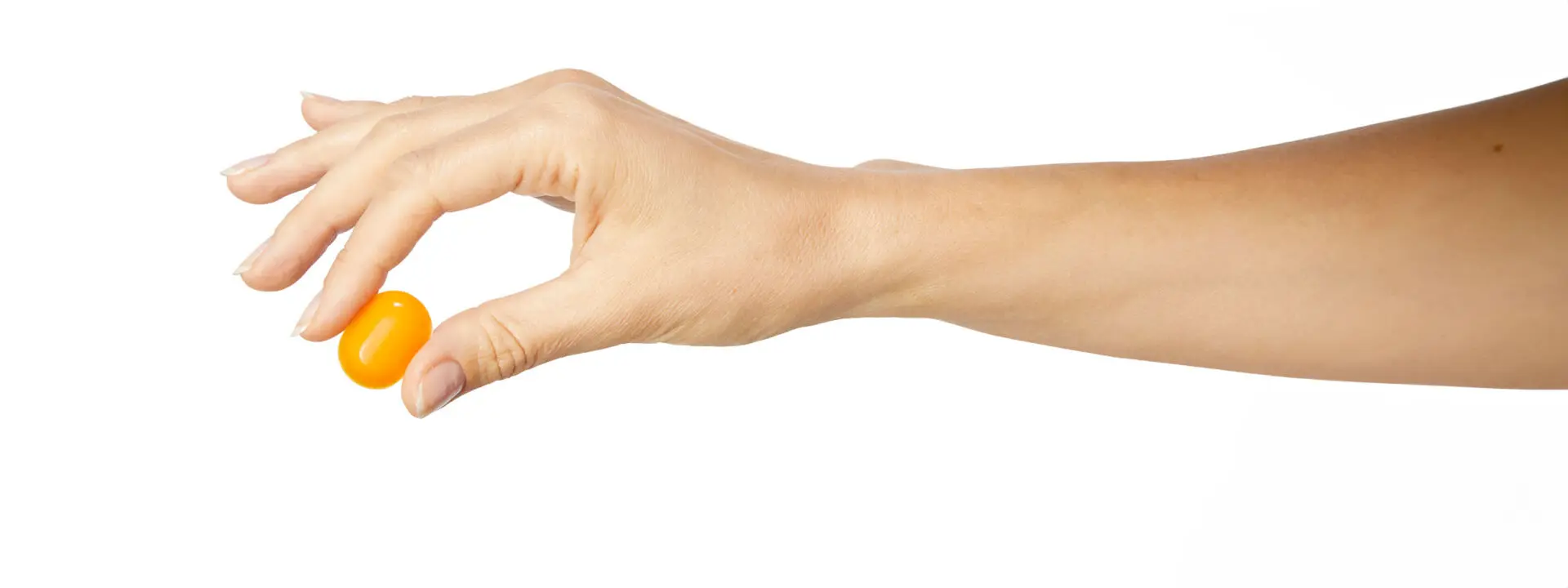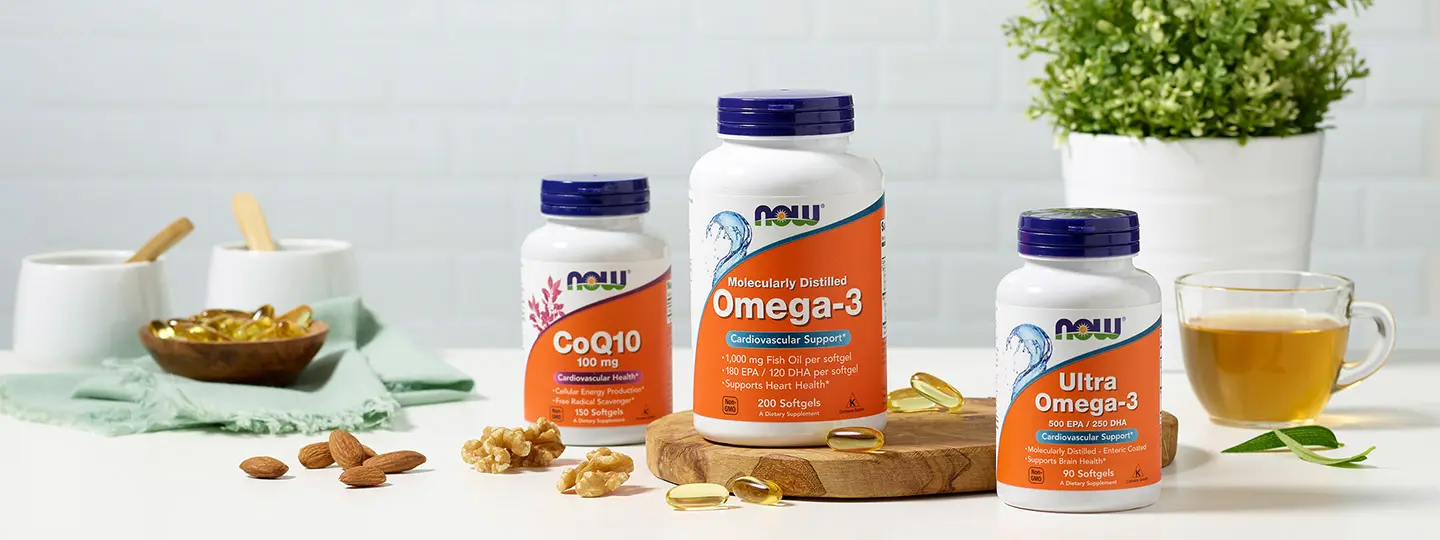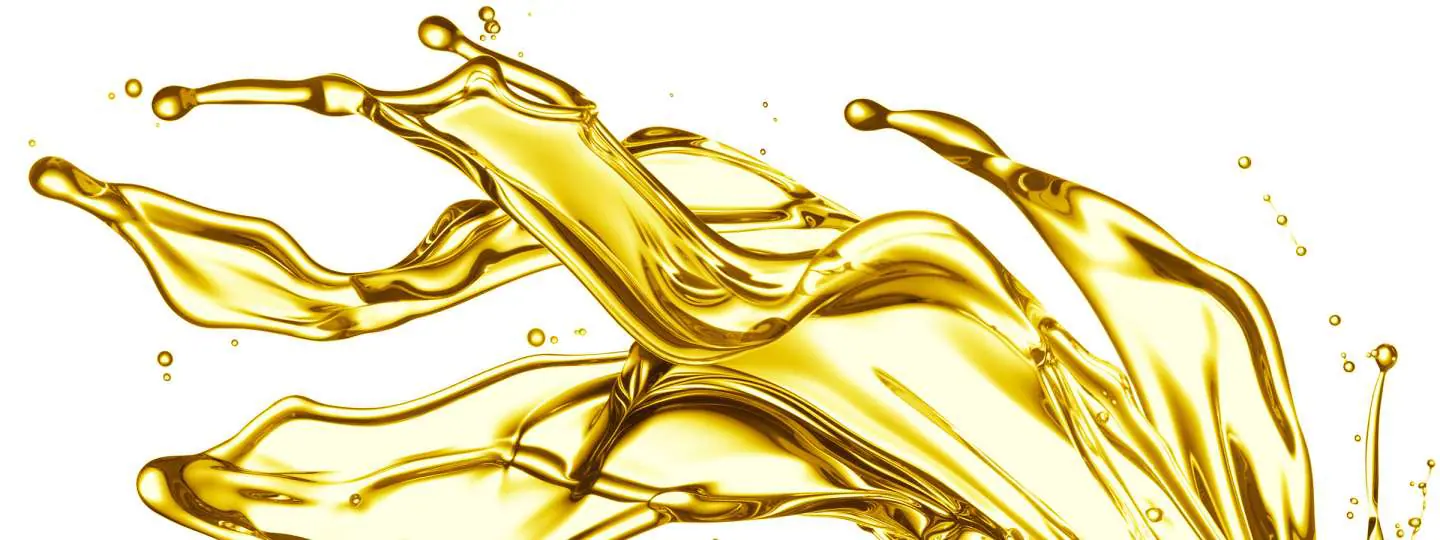Omega-3 FAQs
What is omega-3?
Omega-3 is an essential fatty acid (EFA), also known as a polyunsaturated fatty acid (PUFA). It’s derived from both animal and plant sources, although omega-3 from fish oil is the most common supplemental form. Fatty acids form the main useful fraction of fats and oils and are necessary for overall health. Because your body cannot manufacture essential fatty acids, you must get them from food or supplemental sources.
Plant-source oils such as flax contain the parent omega-3 fatty acid called alpha-linolenic acid (ALA). The human body normally converts ALA to the longer-chain fatty acids eicosapentaenoic acid (EPA) and docosahexaenoic acid (DHA), which are used for prostaglandin formation and other cellular needs. Fish oil contains the desired omega-3 fatty acids in their more useful EPA and DHA forms. ALA requires enzymatic conversion to generate EPA and DHA.
Why do all your omega-3 from fish oil labels have the following statement on them: “Free of potentially harmful levels of PCBs, mercury and other heavy metals, dioxins, and other potentially harmful contaminants”?
Fish in the wild are naturally exposed to numerous contaminants, including natural and man-made impurities. As with all NOW® products, we take care to ensure that our omega-3 fish oils are tested for contaminants as necessary.
Heavy metals and mercury are checked using a sophisticated instrument called an inductively coupled plasma mass spectrometer (ICP-MS). We own this instrument and conduct these tests on a regular basis. Our standards match those set by the American Herbal Products Association (AHPA), which are tighter than most other scientific-based standards.
We have a long history of PCB and dioxin testing for our fish oils. The most recognized world standard is the European Commission standard, which has been adopted by the U.S. Pharmacopeia. This standard for PCBs, dioxins and other similar contaminants takes into account the toxicity of the different PCBs and dioxins.
We also test our fish oils for other contaminants such as bacteria and pathogens. Our fish oils are generally safer than obtaining the same oil by eating fish because of the additional purification steps that take place. These steps may include absorbent technologies and molecular distillation, depending on the type of fish oil.
Is your omega-3 pharmaceutical grade?
There is a lot of confusion caused by supplement distributors who claim to have a pharmaceutical grade omega-3 fish oil. There is no such thing in the United States, as the official USP (United States Pharmacopeia) monograph that defines the testing specifications necessary to qualify omega-3 fish oils as pharmaceutical grade has never been published. Anyone claiming to offer a pharmaceutical-grade fish oil is simply over-hyping their product by claiming to meet a non-existent standard.
However, there is a voluntary GOED (Global Organization for EPA and DHA omega -3) monograph that’s being utilized to define the specifications necessary to qualify a pure omega-3 EPA/DHA product. Our omega-3 enteric-coated fish oil softgels adhere to the GOED Monograph for EPA/DHA.
Why is your omega-3 fish oil molecularly distilled?
The omega-3 fish oil used in these products are from fish caught in either Norway or Peru and are generally processed utilizing high-vacuum molecular distillation. This processing technique guarantees the production of high purity EPA/DHA omega-3 fish oils and minimizes the presence of impurities.
What species of fish do your omega-3 fish oils come from?
Sardines, anchovies and mackerel are the primary species used in the production of our omega-3 fish oils.
What does the term enteric-coated mean?
Enteric coating is a special ingestible polymer barrier applied to various ingestibles such as softgels when the contents need to be protected from the harsh acids found in the gastric environment. Enteric coating protects the contents of the capsule from stomach acid by preventing gastric juices from dissolving the softgel in the stomach. This allows people to enjoy the benefits of their omega-3 fish oil without having it come back for a visit later. The enteric-coated softgel will then release the omega-3 fish oil in the alkaline environment beyond the stomach.
Are your fish oil products a natural source of vitamin A?
Omega-3 fish oils are made from the whole bodies of fish such as sardines, anchovies, and mackerel, rather than from fish liver oil. Omega-3 fish oils are body oils that undergo purification to remove these vitamins and provide EPA and DHA. Fish liver oils (such as cod liver oil) usually do contain vitamins A and D along with some EPA and DHA.
More About Omega-3












